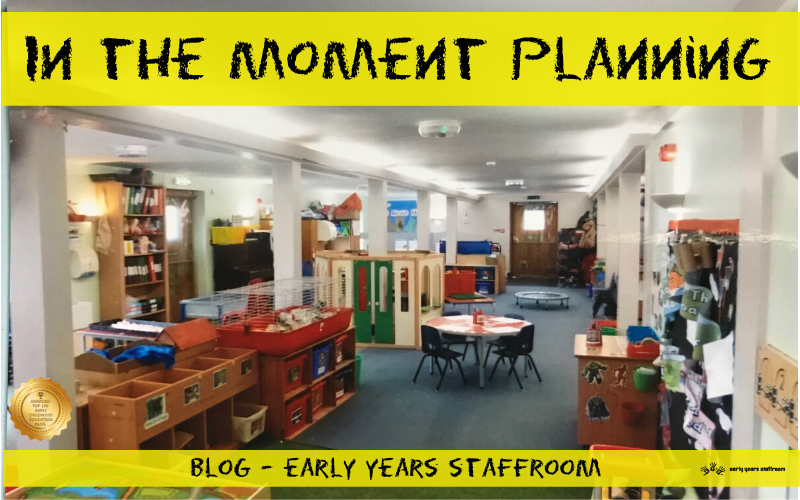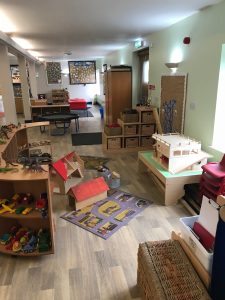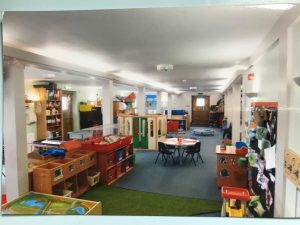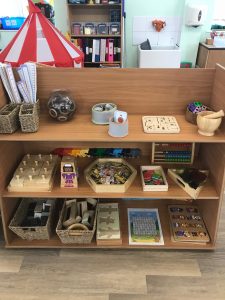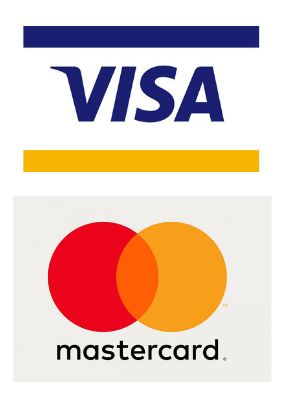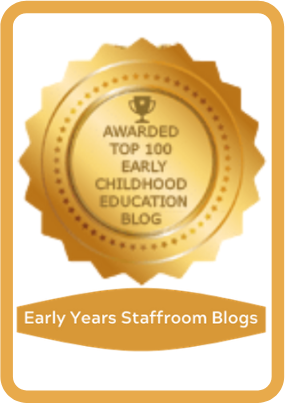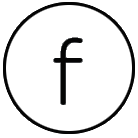‘In the moment planning’ by Katherine Houghton at Early Years Staffroom and Louise Smith at All Play Matters.
How often are staff bogged down by endless paperwork, spending more time staring at a tablet than with a child, taking time out of the room to write up observations or to plan for the following week with reams of next steps streaming through their heads? How often are children fully engaged in child-led play without an adult hovering to tick off an outcome? Are children called out of their play to take part in an activity which really has no meaning to them?
Sound familiar? In the moment planning has been around for years and was how teachers in Early Years taught before ‘Topic Planning’ and endless assessments and monitoring came into force. In the moment planning is making its way back into settings and schools in recent years. It’s all about completing the planning cycle in the actual moment instead of planning in advance, sound crazy? Well it really works, not only does it work, the results can be better than pre-planned plans. Other benefits include an enthusiasm for learning and maintaining intrinsic motivation to learn.
Why do most settings not do it then? Ofsted are not allowed to recommend or favor a certain approach to teaching and recently said: “It takes very highly skilled practitioners to make it (ITMP) work, they need a deep knowledge of the EYFS” Ofsted inspector, December 2018.
However, I have heard that too many times inspectors have been in to an ‘in the moment’ settings, not understanding what is happening and stated that it is inadequate. It is true that people don’t like what they don’t understand. Many headteachers, without coming from an Early Years background, also do not understand it and therefore will not allow it either and insist teachers take the ‘safe option’ of pre-planned topic planning.
Ofsted no longer tell us how to teach, nor what the balance of adult and child-led activities should look like in your setting, so you need to make sure that you adapt your planning to suit your setting.
Recently I was surprised to find through a poll that only a few settings follow this approach and wanted to investigate why that was. I have also been asked to write a blog about in the moment planning, so with the help of Louise Smith at All Play Matters here it is. I hope this helps others to understand this approach better, know why many people don’t do it and how you can try it.
A key aspect is ensuring others understand the approach. Practitioners need the confidence and skill to be able to articulate what they are doing to inspectors and why it works, essentially providing evidence and your own reflections as a practitioner. The audits created by the Early Years Staffroom can be a great support and a vital way to make the learning visible.
Parents need to also understand and support the approach which is why we have created a booklet explaining in the moment planning to send home when you start the approach.
If you would like to try this approach, here are some steps to properly embed in the moment planning effectively in your setting from Louise Smith at All Play Matters.
Environment
Planning your environment, the environment is often called the ‘third Teacher’. At least every half term I carry out an environment audit to ensure that the current cohort are getting everything they need from the environment without a teacher present. I have to ensure that their learning can continue without an adult. To do this, I analyse my cohort tracker to look for strengths, weakness and gaps in the EYFS outcomes, looking at individual needs and children with English as an additional language and children with special education needs. I then produce a table for each area of the room (messy, sand, water etc.) and make sure that there is enough provision in place to ensure a new skill can be learnt or practiced in each age range. For example, I noticed that children weren’t engaging with technology, so I moved the telephones and cd players into the role play house. I also found that the children were only using paint brushes to paint with so I added a basket of natural items like pine cones and sticks to encourage them to explore new media.
In addition, I also changed the layout of the room to ensure that the construction area wasn’t a walkway to allow children time and space to create without fear of their masterpiece being knocked over. I halved the amount of resources and displayed them differently, on low shelves, visible to the children instead of in a tub. I introduced books and writing tools in every area and spread opportunities for children to engage in maths across the whole room. A white board on the wall of the construction area is a great addition, once you scaffold and model planning on a board with whiteboard pens children are far more likely to engage in this without an adult present, realizing the benefit of thinking and planning a build before embarking on it. The process of setting up the environment took time to get right and I could see the change in the children’s behaviour quite quickly, the children were more engaged and involved in everything. The children also looked after their environment and tidy-up time was far more successful. Without the time to engage freely in the environment children won’t be able to develop the important characteristics of effective learning for example planning, problem solving, thinking etc. Once children have developed these characteristics then the other learning will follow naturally so it is key to get these embedded from a young age.
Practice and Planning Next Steps
Not using long term next steps seemed alien to me and took time to get my head around. The EYFS statutory framework shows the planning cycle but does not specify the time frame to complete it. In the moment planning completes that cycle in the moment, the second you see a teachable moment, a moment where you can extend a child’s learning, in a child’s play you can complete the planning cycle. But that doesn’t mean you have to or should this is the difficult part. I would recommend reading Julie Fisher’s (2016) ‘Interacting or Interfering’ to support staff on when to know when to step in and move the play forward and when to stand back and observe. This is the vital balancing role of the adult in in the moment planning, you have to be careful not to dominate the play whilst supporting the child to make progress and learn a new skill.
Paperwork
Anna Ephgrave’s book on planning in the moment talks about having a focus child each term, a child for all staff to centre on. I found that this didn’t work for my setting, with over 60 children and some of them very young, I felt that not focusing on them for a whole term was too long. Instead, I had around four focus children for each day, that way, every child had a written observation each week as a minimum and I could see gaps or strengths in their progress quickly. Ephgrave also suggested recording their learning journey on one A4 sheet, this also didn’t work for us as we used an online system. Instead, we record observations separately, making sure that they show how the adult has taught the child in that moment. For example, ‘Johnny was using some scissors and was able to make some cuts in the paper, I noticed that he wasn’t holding them with full control so I modelled how to use the scissors so that he would have more control. I supported Johnny to hold the scissors correctly and he was able to cut independently with more dexterity’. This shows that the practitioner observed, assessed and planned in the moment which is crucial in proving that the planning cycle is being successfully implemented. Some settings use retrospective planning alongside planning in the moment. It is important to remember that you need to use what works for you and your setting.
In the moment planning has enabled my setting to focus on each child’s individual interests each week, as a result, the children are making very good progress and the learning is embedded and relevant to each child. Staff have less paperwork time and are spending more time with the children and therefore, know each of them better and solid relationships are the key to successful outcomes.
If you chose to do in the moment planning it doesn’t mean that you have to do that all of the time, some say that without teaching pre-planned activities children are never exposed to new things and therefore how can they play and re-enact what they don’t know? Children may have a specific interest in something that develops and involves planning over time and that is OK. Settings can use interest brainstorms to aid deepening the learning.
Remember if a planning style doesn’t work for you and your children, adapt it until it does and don’t listen to anyone who criticises the way that you teach your children or says you are doing the approach ‘wrong’ if it is not that way they would do it, you know your children best, trust your judgement.
As long as you continue to reflect, adapt and grow and evidence it you will be doing an amazing job!
In order to continue reflecting we have designed a Learning Journey for Teachers and Practitioners to use as an example to show Ofsted or SLT how you have reflected, adapted and improved your teaching for the best outcomes for the children.
Please don’t hesitate to contact the Early Years Staffroom with any comments or feedback at [email protected].
Read more great blogs on Early Years Education
